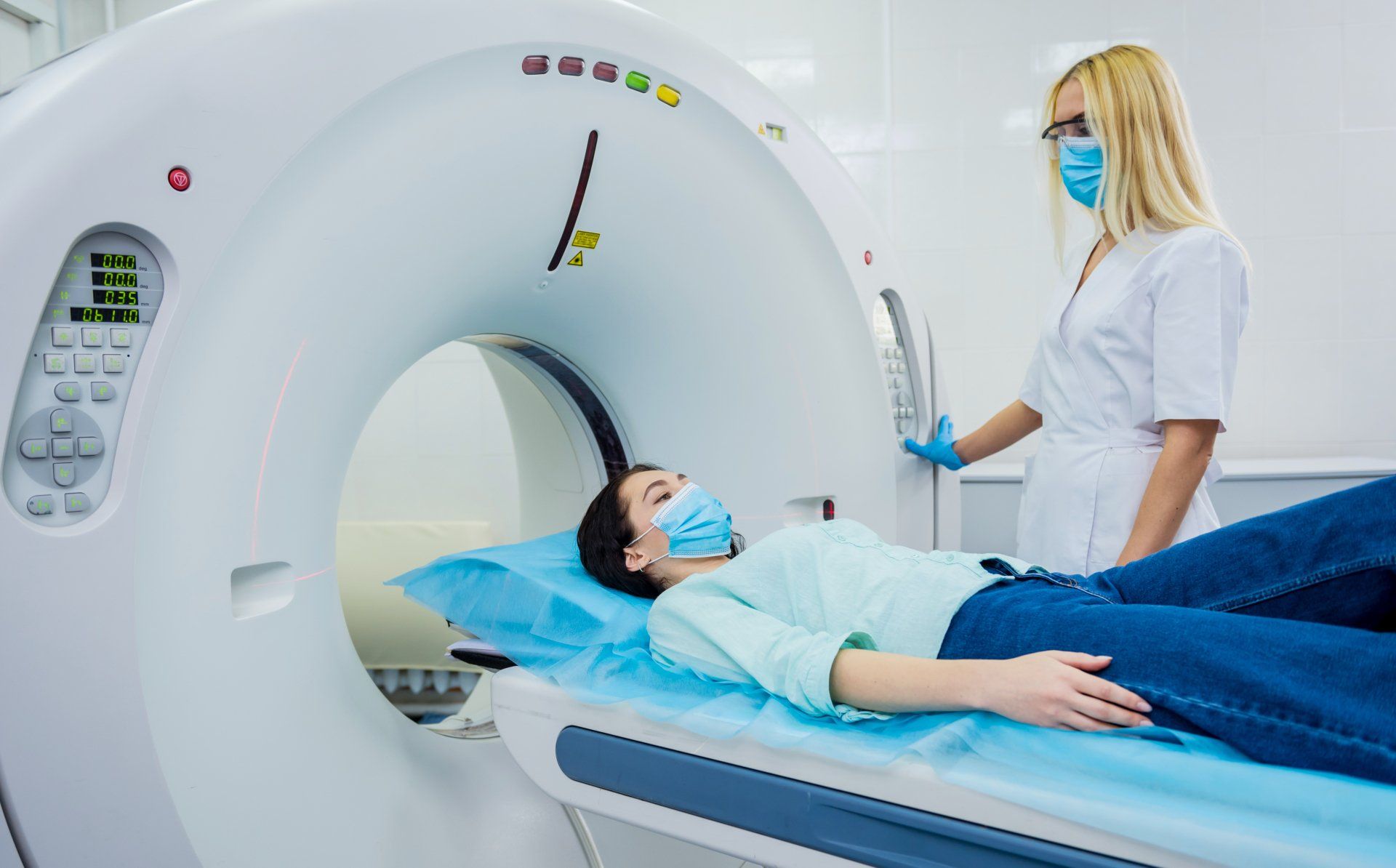CT SCANS

CT Angiography (CTA)
This is a minimally invasive X-ray of the arteries in your body. It combines computer images of your body (CT) with a special dye to produce pictures of arteries and tissues in a part of your body. An IV is placed in your arm or hand and iodine dye (contrast) is given through that IV. The computer makes cross sectional images which can then be reformatted into multiple different views giving a 3D image of the body and arteries.
CTA neck/brain
This test may be ordered if a screening carotid duplex shows narrowing of the carotid, subclavian, or vertebral arteries. This test shows the vascular surgeon if the arteries in the neck, leading to the brain are narrow enough to warrant surgery or stenting to prevent a stroke.
CTA chest
The most common reason to order this test is suspicion of a blood clot in the pulmonary/lung arteries (pulmonary embolism/PE). This test shows the vascular surgeon how much clot burden there is in the pulmonary arteries, which arteries are involved, and if the heart is straining to pump blood around the clot. This can help determine if the patient would best be treated with blood thinner only or might benefit from a procedure to dissolve the clot in the pulmonary arteries with clot busting medicine (TPA) or remove the clot with a suction device (suction thrombectomy). It may be also be ordered to check for a thoracid aortic aneurysm/TAA (aneurysm of the main artery in the chest) or a tear in the artery in the chest (thoracic dissection).
CTA abomen/pelvis
The most common reason to order this test is to look for abominal or pelvic aneurysms (abdominal aortic aneurysm/AAA or iliac artery aneurysm/IAA). This test shows the vascular surgeon how large the aneurysm is and which arteries are involved. It helps decide if the aneurysm needs to be repaired or observed and if the aneurysm can be repaired with less invasive stents (endovascular aneurysm repair/EVAR) or major open abdominal surgery.
CTA abdomen with runoff
This test takes pictures of contrast flowing through the aorta all the way to both feet. It shows the vascular surgeon which arteries are blocked from plaque or clot, and how badly blocked the arteries are. It helps the vascular surgeon decide if these blockages would best be treated medically, with minimally invasive stent like procedures, open surgery, or a combination of surgery and stents.
CT Venography (CTV)
This is a minimally invasive X-ray of the veins in your body. It combines computer generated X-ray images of your body (CT) with a special dye/iodine contrast to produce pictures of the veins and tissues in a part of your body. This test is not as commonly ordered as CTA, but may be ordered by your vascular surgeon to check for blockages or blood clots in the body that cannot be well visualized with ultrasound.


